Planting Technology Lists
-
Water exchange skills of hydroponic plants
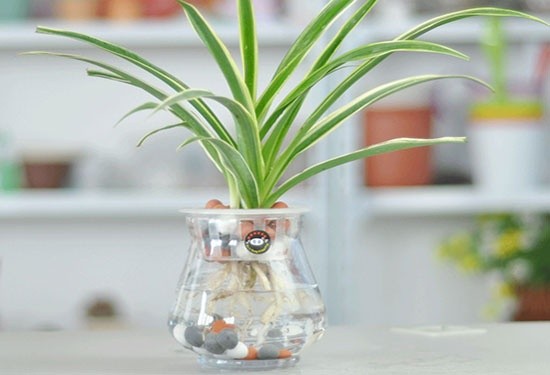
There is little moisture in the air in winter, especially in the north, where the room is very dry, which is disadvantageous to the growth of plants, so please spray foliage with clean water to maintain humidity, you can spray water twice a day. 1. Change the water every 10-15 days at about 20-25 ℃ (spring and autumn)
2019-06-13 -
Cultivation technique of bonsai with Chinese wolfberry
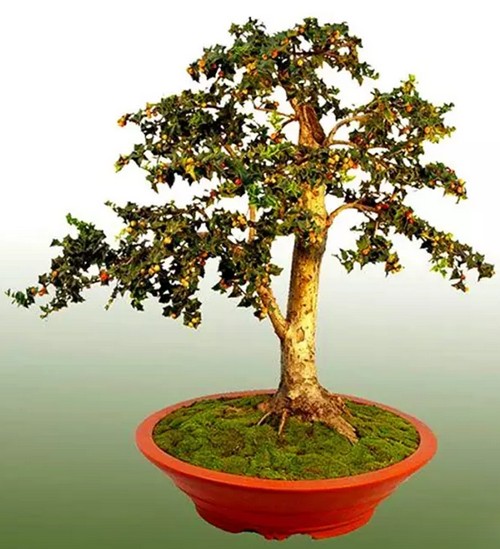
Chinese wolfbone, also known as tiger thorn, cat thorn, bird not sleeping and so on, is a common landscape tree species, which is often used in landscape design and urban greening. However, because Chinese wolfberry has high ornamental value, many people now use it for bonsai art modeling and potted culture.
2019-06-13 -
Techniques and methods of bonsai pruning
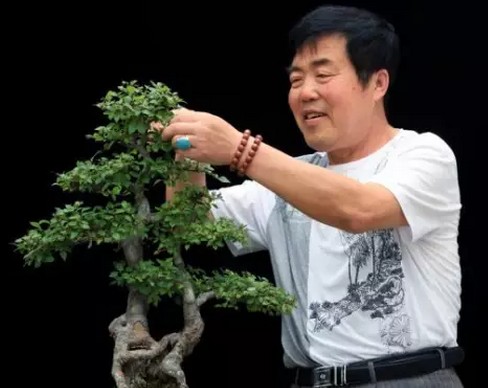
A pot of bonsai stumps with good natural conditions or good natural conditions often grow many new branches. in order to maintain its perfect posture, the bonsai must be often trimmed, otherwise it will gradually lose its hierarchy, resulting in disproportion and tree disorder. Pruning useless branches in time
2019-06-13 -
Pruning and pose technique of medlar bonsai
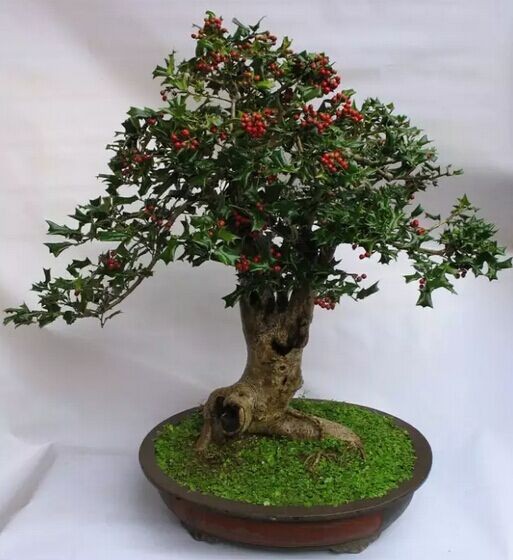
Dog bone is Chinese wolfbone, scientific name: Ilexcornuta, also known as cat thorn, tiger thorn, star anise thorn, bird not overnight, dog bone thorn, cat incense, mouse tree, etc., is an evergreen shrub or small tree, the leaf shape is strange, green and bright, evergreen all the year round, the red fruit is full of branches after autumn, does not wither through winter, gorgeous and lovely
2019-06-13 -
Seed treatment of potted Camellia during sowing
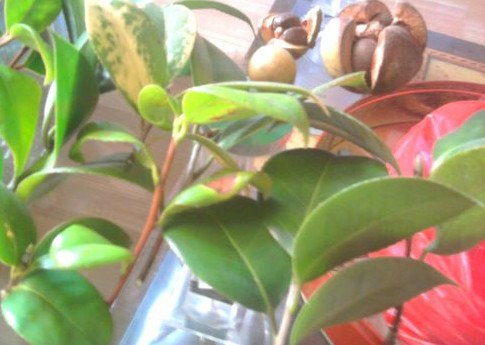
Under the condition of pot culture, especially in the non-origin of camellia, camellia generally bear little fruit, only under the conditions of low degree of single petal or stamen petal, normal pistil development, artificial pollination and suitable temperature and humidity. to get seeds with the ability to germinate. When the capsule is reddish and dehiscent
2019-06-13 -
Misunderstandings to be avoided in fertilizing Camellia Bonsai
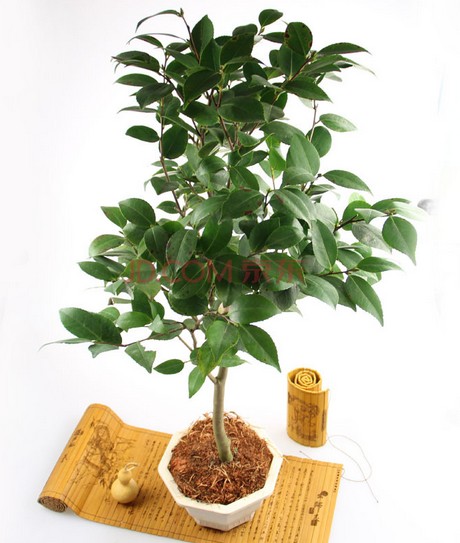
Many people like to grow flowers at home, which not only beautifies the room, evolves the air, adjusts the temperature and reduces the heat, but also edifies the sentiment and pleases the body and mind. however, in order to make the potted flowers flourish and bloom, in addition to watering, fertilization is also an important link in the process of flower cultivation, when the flowers are in the growing period.
2019-06-13 -
Pruning skills of Phoenix tail Bamboo Bonsai
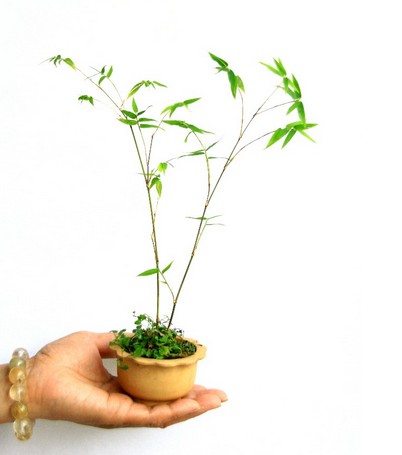
Phoenix tail bamboo plant cluster is beautiful, the branches are slender, curved and drooping, like the Phoenix tail, the ornamental value is very high. It is an excellent landscaping material in the south, often planted in building corners, road corners or corridor racks, resistant to pruning, and can also be planted as hedges. The pruning of bonsai of Phoenix tail bamboo is relatively simple.
2019-06-13 -
Fertilization method for bonsai culture of Phyllostachys pubescens
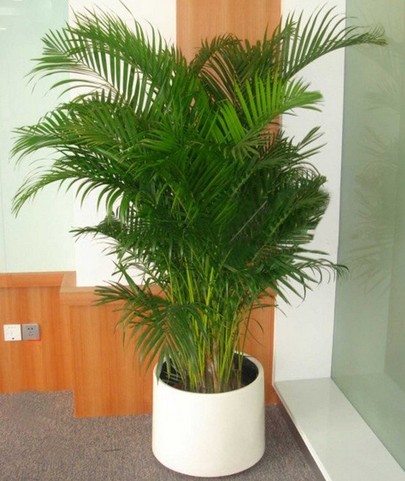
Potted Phoenix tail bamboo, suitable for the layout of halls, offices or conference rooms, elegant and beautiful. Small potted plant, decorated with family bedroom, study, small and exquisite, extremely lovely. Prefer warm and humid climate, like light, but also more shade-resistant, not cold-resistant, no less than 5 ℃ in winter
2019-06-13 -
Watering method of bonsai culture of Phyllostachys pubescens
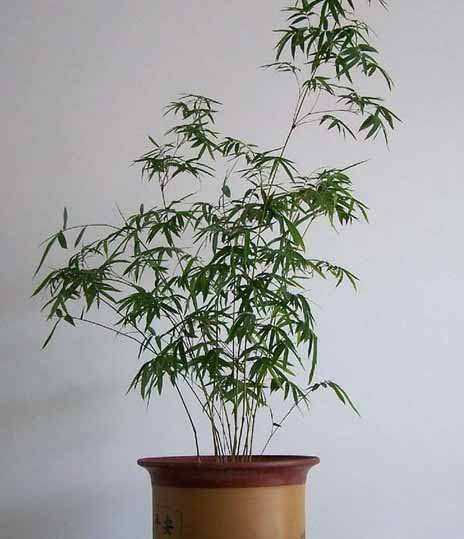
Phyllostachys pubescens should be watered properly during the growing period, keep the basin soil moist, water should be watered half-dry, not stagnant water, spray water on branches and leaves in summer, reduce water in winter, water once every 4-5 days, and keep it in a sunny place. Water is an important factor for the vigorous growth of Phyllostachys pubescens, and the nutrients applied to the soil.
2019-06-13 -
Shaping Technology of Begonia Bonsai
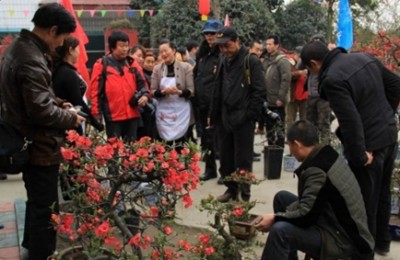
Begonia is often processed by the combination of flat binding and pruning, and the processing period is from defoliation in winter to before sprouting in spring. During the period of Meiyu, the growth of new branches is more mature, and the branches are more elastic, so they are also suitable for pruning and processing. The 2-year-old and 3-year-old seedlings can be processed at this time, which is more plastic and easier to operate.
2019-06-13
